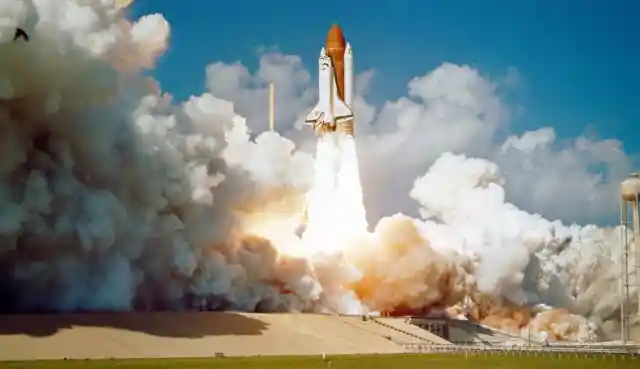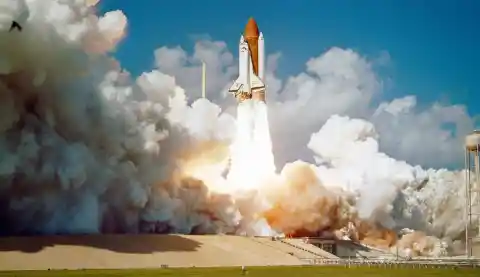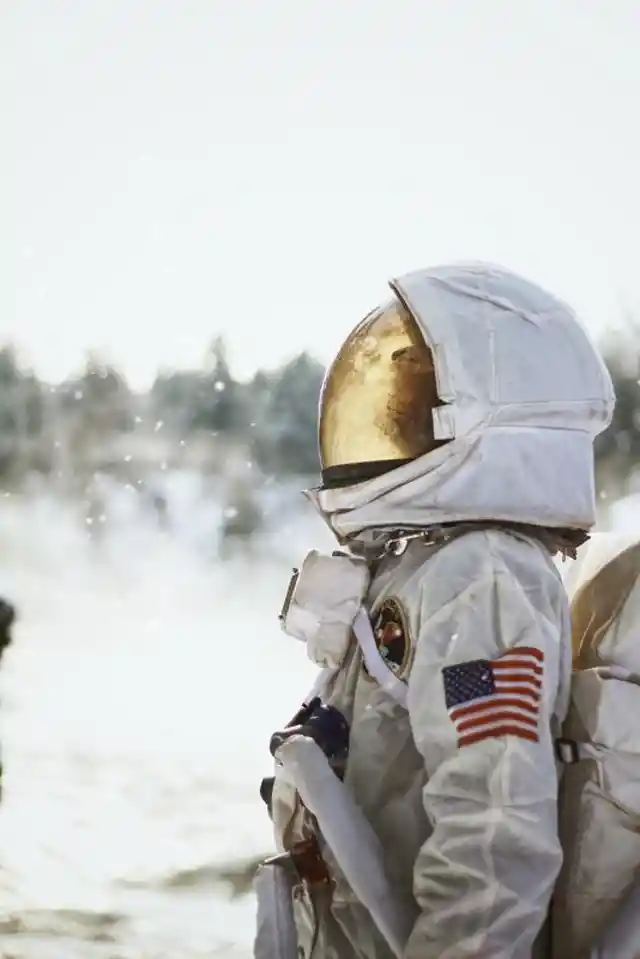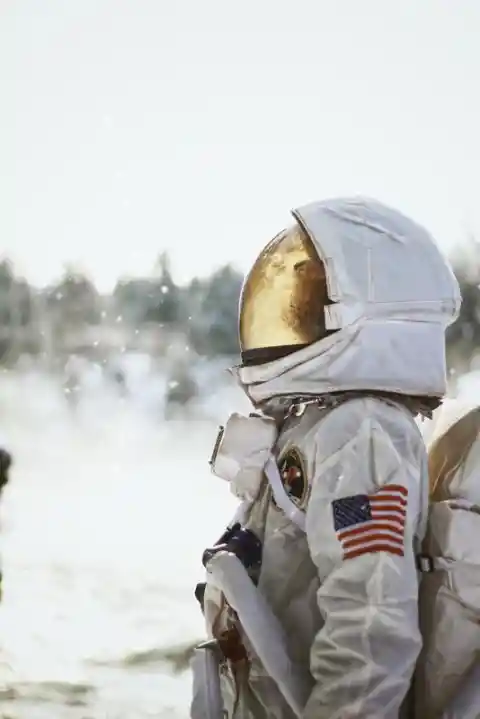Teenagers wore T-shirts and sweaters with the NASA logo in abundance last year. Actually, their parents and grandparents should do the same, because everyone should be quite grateful to the space industry.


Wireless vacuum cleaners
The next time you grab a cordless crumb thief to vacuum up some bread crumbs from your floor, think back with a smile to the reason for this household tool's existence: NASA's desire to let astronauts easily take grit samples from the lunar surface. To that end, manufacturer Black & Decker developed a cordless drill. The knowledge the company gained in the process was instrumental in the development of the cordless dustbuster. That came on the market in 1979, seven years after the last astronaut walked on the moon.
Nike Air by astronaut suits
You can also thank NASA for all the times you've put on Nike Air Max shoes, or other athletic shoes with shock-absorbing "compression chambers" in the sole. You see, these soles were made possible by innovations meant for astronaut suits.
Supersoaker by spaceship heat pump
Both examples are no exception. For astronauts to travel through cold, empty, and oxygen-less space, we often need ingenious solutions. And often these discoveries also turn out to be very handy to apply here on earth. For example, the super soaker water pistol, the summer hit of the 1990s, was invented by a rocket scientist at NASA's Jet Propulsion Laboratory. He owed his stroke of genius to his experience developing a heat pump for a spacecraft.


Selfies through space cameras
It is no exaggeration to say that every selfie you take or view can be traced back to NASA's desire to equip unmanned spacecraft with tiny cameras. The technical gimmicks that were needed for that are now in every modern phone.
Breast cancer detection by the space telescope
And it goes even further. Countless women are alive today thanks to a flaw in the space telescope Hubble. In 1993, it had to undergo a repair because its images were not sharp. The technology devised for this repair then proved particularly well suited for early visual detection of breast cancer.
And so the list goes on. Freeze-dried fruit, scratch-resistant eyeglass lenses, and fireproof clothing; all have their roots in aerospace.